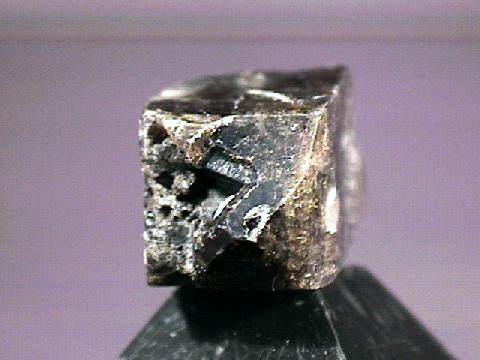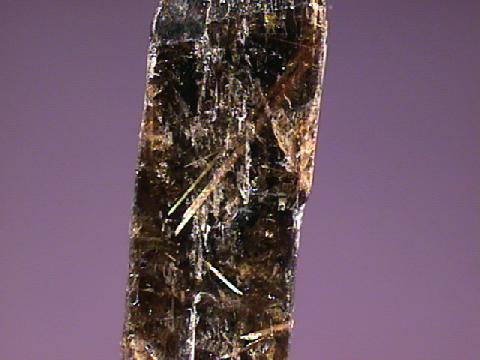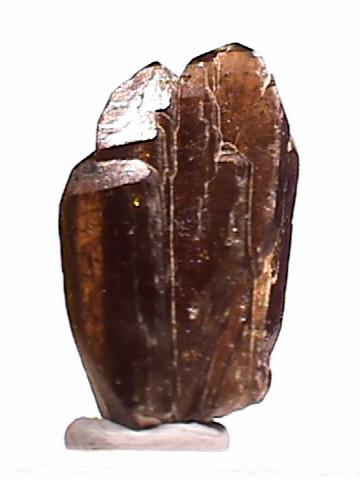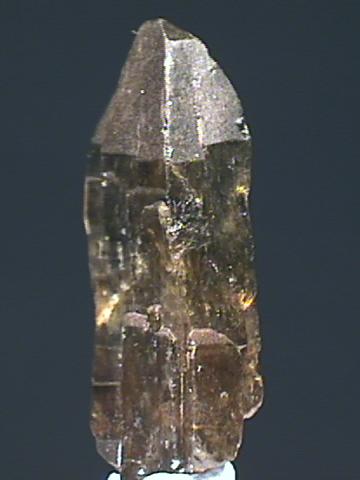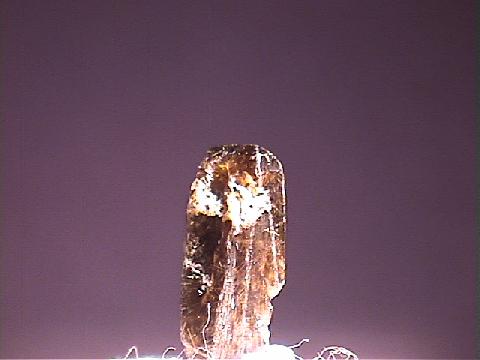 THE MINERAL XENOTIME
THE MINERAL XENOTIME
- Chemistry: YPO4, Yttrium Phosphate
- Class: Phosphates
- Uses: As mineral specimens and as a source of yttrium.
Specimens
It is one of the few yttrium minerals known to science.
Xenotime also will contain traces of silicon dioxide and arsenate replacing the phosphate anion.
In fact it forms a solid solution series with the previously mentioned
Also of note is that xenotime is one of the few phosphate minerals that does not contain water molecules, hydroxides or chlorides. It belongs to an informal group of phosphates and called the anhydrous phosphates along with monazite, purpurite and lithiophyllite.
The crystals of xenotime are similar to zircon and can easily be confused with the duller lustered, less transparent samples of zircon. However, the cleavage and the softness of xenotime are sufficient to distinguish them.
PHYSICAL CHARACTERISTICS:
- Color is most commonly various shades of brown but also gray, greenish brown, muted red and yellow.
- Luster is vitreous to resinous.
- Transparency: Crystals are translucent to opaque.
- Crystal System is tetragonal; 4/m 2/m 2/m
- Crystal Habits include stubby to elongated prismatic crystals that are terminated by variously slanted dipyramids. Also known for nice rosette and radial aggregates.
- Cleavage is perfect in two prismatic directions.
- Fracture is uneven.
- Hardness is 4 - 5
- Specific Gravity is approximately 4.4 - 5.1 (heavy for translucent minerals)
- Streak is pale brown to yellow or red.
- Other Characteristics: Trace amounts of uranium and other rare earth elements may render crystals slightly radioactive.
- Associated Minerals are quartz, micas especially biotite, monazite and some feldspars.
- Notable Occurrences include Arendal, Hittero and Tvedestrand, Norway; Madagascar; several locations in Brazil and also in the United States in Colorado, California, Georgia and North Carolina.
- Best Field Indicators are color, crystal habit, cleavage, softness and luster.








